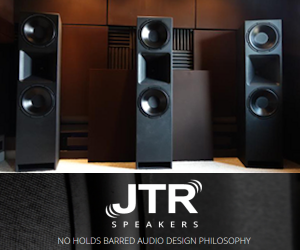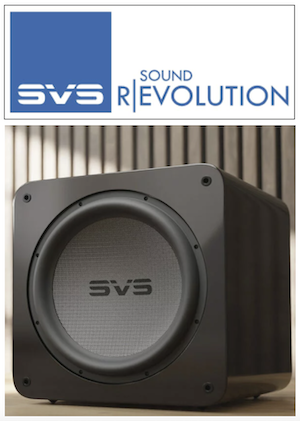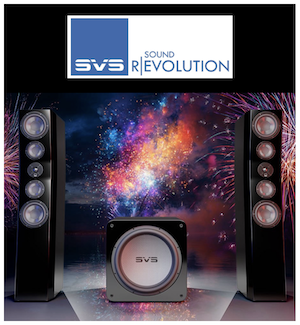Todd,
Thank you so much for the quick and thorough response, covering all my inquiries. You asked me about the rear port (I think that's the only port?) on the Ultra tower during the demo I heard. The port was open and I realize proximity to the back wall could possibly make the bass boomy and maybe that's what I was experiencing. This brings up something I read regarding ports and plugging them, that I'd like to run by you. A review I read on Audioholics By Steve Feinstein regarding RBH's R-55E:
"They have pretty good bass extension, definitely deeper and stronger than the B&W CM8 and Paradigm Prestige 75F. It’s a dual vented design; from my look inside the cabinet, all three woofers appear to share the same internal volume and the two rear ports serve to tune the entire bass section as one. Interestingly—and to RBH’s everlasting credit—there weren’t any foam cylinders included so the user could “plug one or more of the ports.” Many—too many—otherwise credible companies provide foam port plugs so the user can ostensibly change the speaker or subwoofer from a vented design to a sealed design.
That’s so bogus. A speaker designed to be vented can’t be made into a sealed speaker simply by plugging the holes. Not into a good sealed speaker. True acoustic suspension systems have drivers with completely different Thiele-Small parameters than a vented system. A real sealed system woofer has a far lower free-air resonance and higher compliance than a vented woofer, because in a real acoustic suspension system, it’s the trapped air spring in the sealed cabinet that provides the woofer’s restoring force, not the driver’s mechanical suspension (its surround and spider). If you simply take a vented woofer and block the holes, you’ll end up with a remarkably un-optimized system, with a far-higher bass cutoff than would be the case if it were an optimally designed AS system to begin with. I shake my head when I see vented systems offered with “port plugs.” RBH didn’t do that. Kudos to them."
Now I realize in the above quote he doesn't necessarily say it's a bad thing to do across the board, he only says it's bad regarding higher bass cutoff (which is exactly what I'm thinking you desired when blocking your Ultra's due to you running twin Ultra SB16's, and wanting tighter accurate bass, rather than extra SPL?) So, my question is do you think there's any other detriment to plugging ports, as far as negatively affecting the mechanical properties of the motor and acoustic suspension/excursion? Here's a quote from you regarding plugging the PB Ultra 16: Todd Anderson "I'm not sure how the PB16 would perform sealed. I'm fairly sure that that SB16 has some added DSP that helps to manage its output (that wouldn't be present on the PB16)... so you might get a slightly different result between the two if both were to be played sealed." Could what you said here also affect the Ultra tower in a similar way? (keep in mind I have no understanding of DSP you mentioned, I'm trying to learn)
Another question about porting. Why do most companies have rear firing ports? It seems to me from what I'm reading, rear porting can often cause issues with pragmatic positioning of towers in a multi purpose room such as a family room or main living room. I know I don't want my towers sitting 3 feet out into my family room, from the wall behind them, in order to avoid a boomy bass. Wouldn't front ports be more practical? I'm guessing the rear gives higher low frequency SPL, but what good is that if there's even just a nuanced hint of boominess? I'm probably missing plenty here, and that's why I'm running all this by you. I'll really appreciate hearing what you have to say about this.
Thank you so much. ps, if you want to move this to a different thread, that's fine as this started out with me asking about Aperion speakers that you reviewed, but has since changed topic.
Thanks again, Brian










